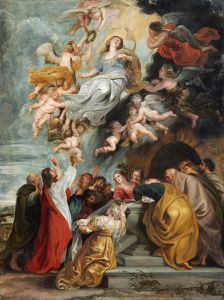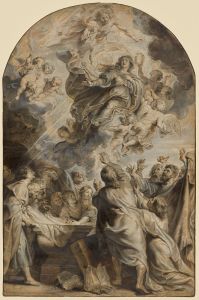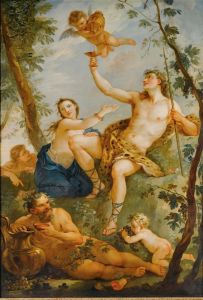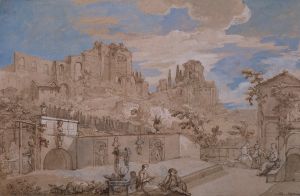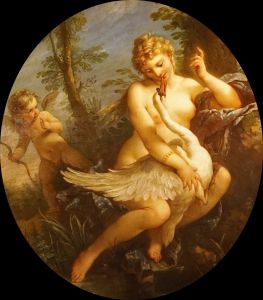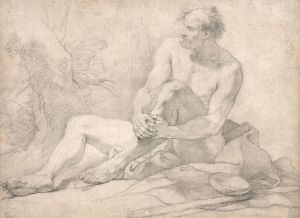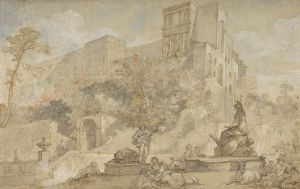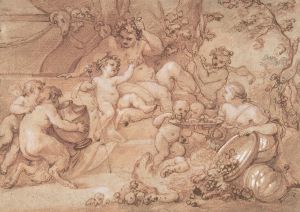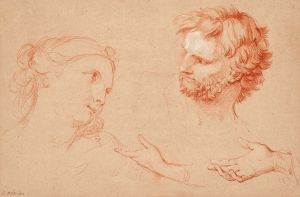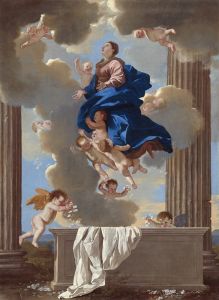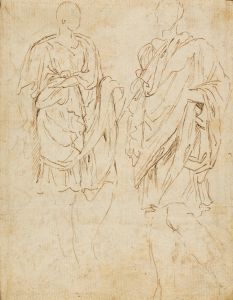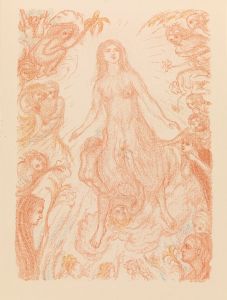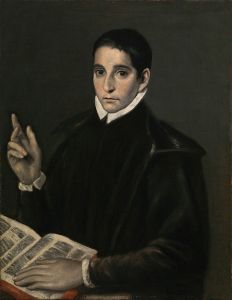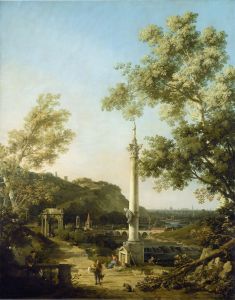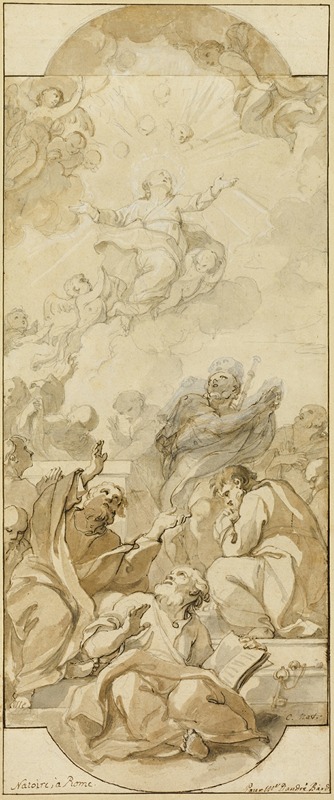
Assumption of the Virgin
A hand-painted replica of Charles-Joseph Natoire’s masterpiece Assumption of the Virgin, meticulously crafted by professional artists to capture the true essence of the original. Each piece is created with museum-quality canvas and rare mineral pigments, carefully painted by experienced artists with delicate brushstrokes and rich, layered colors to perfectly recreate the texture of the original artwork. Unlike machine-printed reproductions, this hand-painted version brings the painting to life, infused with the artist’s emotions and skill in every stroke. Whether for personal collection or home decoration, it instantly elevates the artistic atmosphere of any space.
Charles-Joseph Natoire's "Assumption of the Virgin" is a notable work by the French Rococo painter, who was active during the 18th century. Natoire, born in 1700 in Nîmes, France, was a prominent figure in the Rococo movement, known for his elegant compositions and delicate use of color. He studied under the tutelage of prominent artists such as Louis Galloche and François Lemoyne, which significantly influenced his artistic development.
The "Assumption of the Virgin" is a religious painting that depicts the Virgin Mary's ascent into heaven, a common theme in Christian art. This subject celebrates the belief in Mary's bodily assumption into heaven at the end of her earthly life, a doctrine that has been a significant aspect of Catholic theology. Natoire's interpretation of this event is characterized by its graceful figures and the ethereal quality typical of Rococo art.
In this painting, Natoire employs a soft color palette and fluid brushwork to convey the heavenly atmosphere surrounding the Virgin's ascent. The composition likely includes angels and cherubs, which are common elements in depictions of the Assumption, enhancing the celestial theme. The figures are often portrayed with a sense of movement and dynamism, a hallmark of Natoire's style, which he mastered through his academic training and his exposure to the works of the Old Masters during his time in Rome.
Natoire's career was marked by his success in both religious and secular commissions. He became a member of the prestigious Académie Royale de Peinture et de Sculpture in 1734 and later served as the director of the French Academy in Rome from 1751 to 1775. His tenure in Rome allowed him to study classical antiquities and Renaissance art, which further refined his artistic approach.
The "Assumption of the Virgin" reflects Natoire's ability to blend religious themes with the decorative elegance of the Rococo style. His work often features a harmonious balance between composition and ornamentation, making his religious paintings not only devotional pieces but also works of art that appeal to the aesthetic sensibilities of his time.
While specific details about the provenance or current location of "Assumption of the Virgin" by Charles-Joseph Natoire are not widely documented, his works are generally housed in various museums and private collections across Europe. Natoire's influence extended beyond his paintings, as he played a significant role in the development of decorative arts in France, contributing designs for tapestries and other ornamental projects.
In summary, Charles-Joseph Natoire's "Assumption of the Virgin" exemplifies the Rococo style's characteristic lightness and grace, combined with a profound religious subject. His work remains an important part of the 18th-century French art canon, reflecting both the artistic trends of his time and his personal mastery of the medium.





